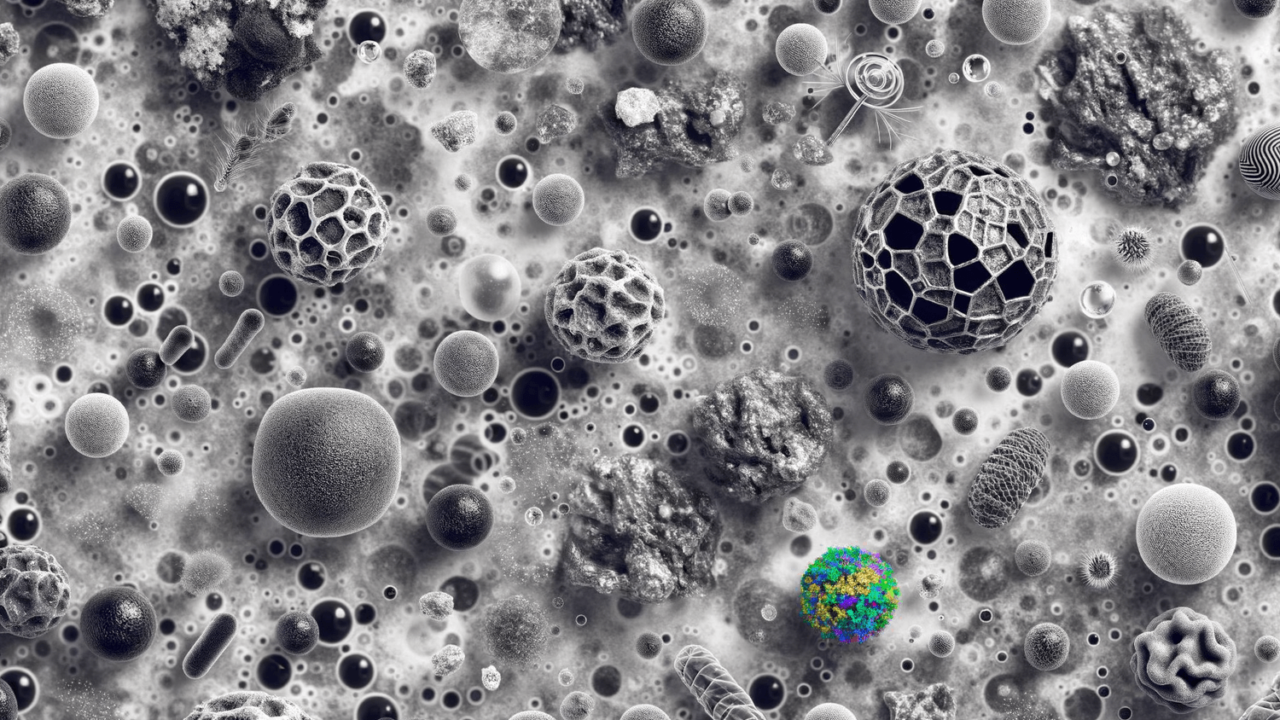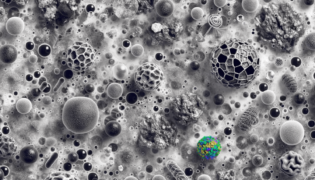Skin tags are small, benign growths that commonly appear on the skin. In this comprehensive guide, we’ll explore everything about skin tags, from their causes to various removal methods.
Quick Summary:
- Defining Skin Tags: Benign skin growths.
- Causes: Friction, genetics, certain health conditions.
- Common Locations: Neck, eyelids, other friction-prone areas.
- Treatment Options: Professional removal, home remedies, over-the-counter products.
- Home Remedies: Natural treatments and their effectiveness.
What are Skin Tags?
Skin tags, medically termed acrochordons, are small, soft, skin-colored growths that often develop in areas where skin rubs against itself or clothing. They are harmless and vary in size and color.
The Biology Behind Skin Tags
These growths typically form in areas of friction and are more prevalent in adults. Factors like obesity, genetics, and conditions such as type 2 diabetes contribute to their formation.
Common Locations for Skin Tags
Areas prone to friction, like the neck, eyelids, and underarms, are common sites for skin tags. For specific concerns, such as skin tags on eyelids, professional advice is recommended.
Characteristics of Skin Tags
Skin tags are usually flesh-colored and may be small like a pinhead or as large as a grape. They are typically painless and do not change over time.
Causes of Skin Tags
Contributing factors include aging, hormonal changes, and high levels of growth factors. Certain medical conditions, like type 2 diabetes, may increase the likelihood of developing skin tags.
Are Skin Tags Harmful?
Generally, skin tags are benign and not a cause for concern. However, if there’s discomfort, bleeding, or significant changes in appearance, seeking medical advice is wise. It’s important to differentiate them from other skin conditions, which may require different treatments.
Prevention and Risk Factors
Reducing skin friction and maintaining a healthy weight can help prevent skin tags. Understanding the risk factors, such as genetics and certain health conditions, is also beneficial.
Home Remedies for Skin Tags
Home treatments like apple cider vinegar and tea tree oil are popular but lack scientific backing. It’s crucial to consider the safety and potential risks of these remedies.
Professional Medical Treatments
For safe and effective removal, professional treatments are recommended. Methods include cryotherapy, cauterization, or surgical removal. Consulting a dermatologist or a specialist is advisable, especially for sensitive areas like the eyelids.
DIY Skin Tag Removal
While there are home methods for skin tag removal, such as using dental floss, caution is advised. Improper removal can lead to complications like infection or scarring.
Over-the-Counter Solutions
A variety of over-the-counter products are available for skin tag removal. It’s important to choose products carefully and understand their usage, such as TagBand, which is designed for this purpose.
Frequently Asked Questions
Addressing common queries helps in understanding and managing skin tags effectively. For instance, learning about whether skin tags fall off naturally can be enlightening.
Conclusion
While skin tags are generally harmless, understanding them is key to proper management. Always consider professional advice for removal, especially in sensitive areas or if there’s any concern about the nature of the growth.



















